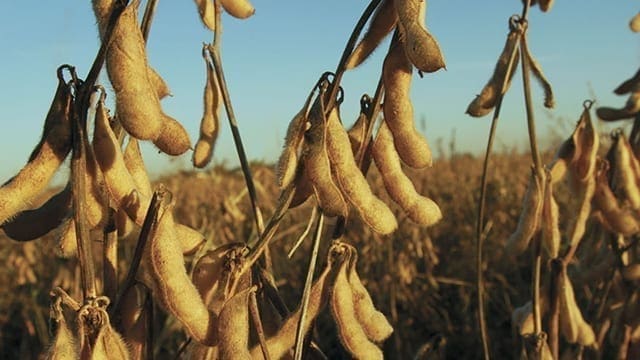INDONESIA – Cargill, an American privately held global corporation, has opened an aquaculture innovation center in Indonesia to work with freshwater fish farmers in raising farming and feeding standards.
According to the company, the Technology Application Center (TAC) is located at Ciseeng, Parung-Bogor, which is a hub for freshwater aquaculture in Indonesia.
It will bring global aquaculture best practices and expertise from Cargill’s network of 12 such centers dedicated to aquaculture worldwide.
The TAC will also provide a platform where local aquaculture farmers can come for training and discussions around feeding and other farm management practices.
“Freshwater aquaculture in Indonesia is showing strong growth thanks to increasing demand for seafood in the country,” said Chad Gauger, managing director of Cargill Aqua Nutrition in South Asia.
“This innovation center will support the development of the freshwater aquaculture industry by educating and training farmers on how to improve their productivity and income.”
The center covers one hectare, with eight large ponds and a set of closed cement tanks for smaller trials in closed systems.
The facility is designed to improve the feed performance of freshwater fish varieties including catfish, tilapia, pangasius and carp.
It is the fourth TAC Cargill has opened in South Asia this year and brings the Cargill aqua nutrition TAC footprint in Asia to six locations (Thailand, India, Vietnam (2), Indonesia and China).
Earlier in the year, the company had opened its first aquaculture centre in India.
The plant, acquired from Mulpuri Foods & Feeds showed the commitment company had to provide the Indian farmers with safe, high quality aqua feeds, as it dedicated its focus on developing its aqua feed business in India and across Asia.
The feed mill, producing fish feed products for tilapia and other warm water species, is located in the Andhra Pradesh region, the capital of farm raised aquaculture in India promising a good market for the aqua feeds.
The new feed plant has a capacity of 90,000 tonnes per year, tripling its fish feed capacity in India.










